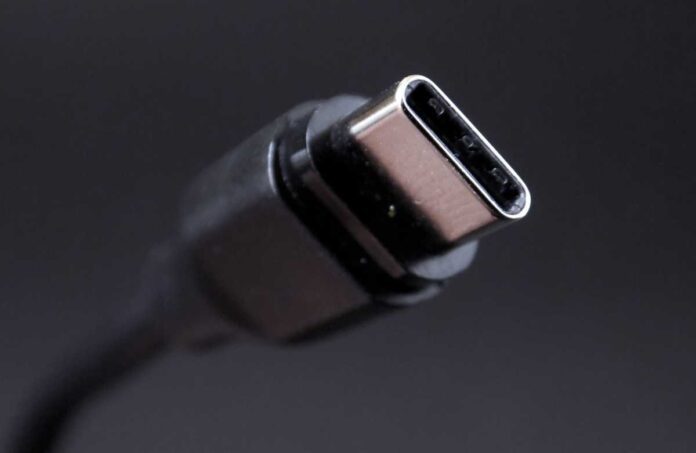After the EU spent more than a decade working to establish a common charger for smartphones and other electronic devices, with the aim of reducing the large amount of electronic waste generated by consumers throughout the union block, today taken another step towards this objective by approving a provisional agreement within the European Parliament.
The new community standard will affect a total of 15 categories of electronic devicesalthough laptops will be given an additional 40 months head start on other electronic device categories to adapt and comply with it as early as 2028.
Seeking waste reduction and other benefits for consumers
It will affect mobile phones, tablets, digital cameras, headphones, game consoles and other electronic devices, although small devices that make it unfeasible to have a physical charging port, such as smart watches or quantifying bracelets, will be releasedalthough the mini-headphones finally also fall within the 15 categories contemplated in the standard.
The last step will be taken at the end of this summer, in which the amendment to the EU Radio Equipment Directive has to be approved to give rise to the new rule being already mandatory for new electronic devices that are on sale from autumn 2024.
When the approval is carried out, the new rule will come into force 20 days after its publication in the Official Journal of the EU and the provisions will begin to apply 24 months later, for which it will basically be in autumn 2024 when the devices to the sale must have a USB-C port.
And as, this new rule also affects Applefor which the main negotiator of the norm, Alex Agius Saliba, points out in a subsequent press conference that:
If Apple wants to market its products in our domestic market, in two years it will have to use the USB-C standard
It is estimated that the new standard can help Europeans by saving them 250 million euros in the purchase of charging accessories, also forcing manufacturers to report the charging characteristics of the device, if it includes a charger in a box, and even if it could be compatible with an adapter that was already available.
Apart from the common charging port, the EU also wants to address the establishment of an interoperable wireless charging standard, although they will not act immediately.













